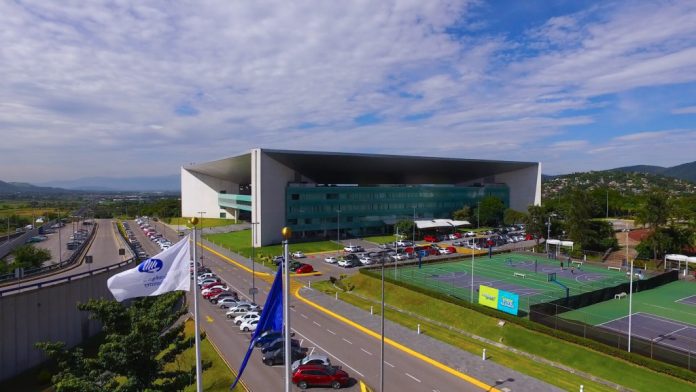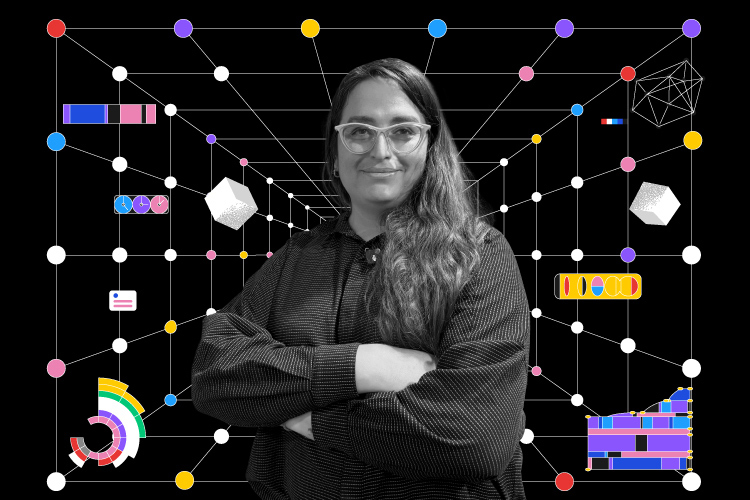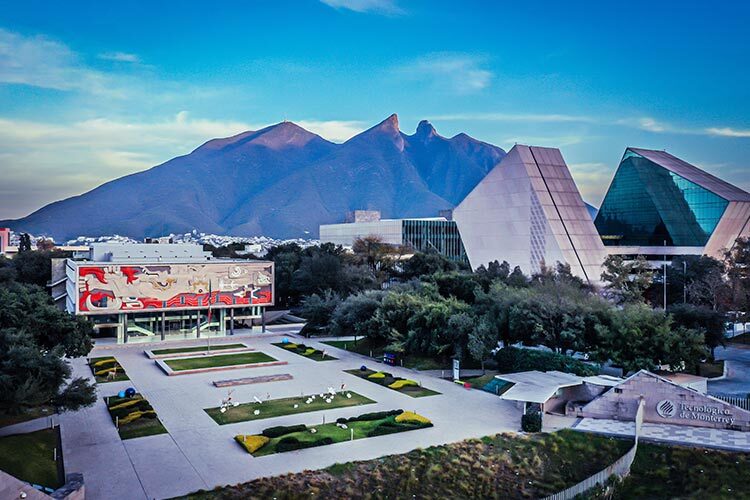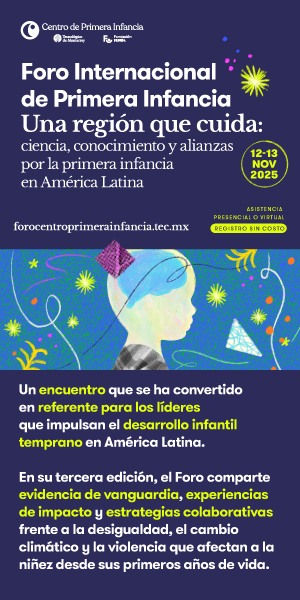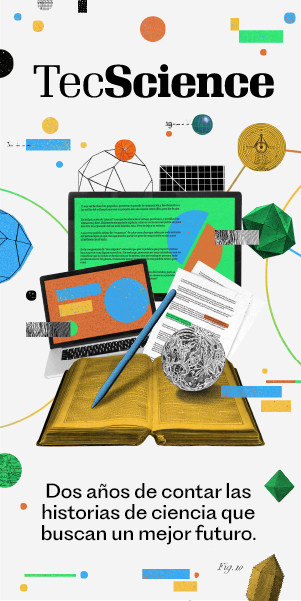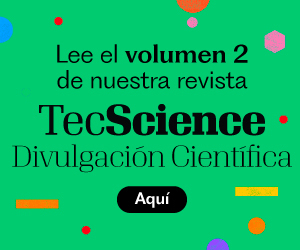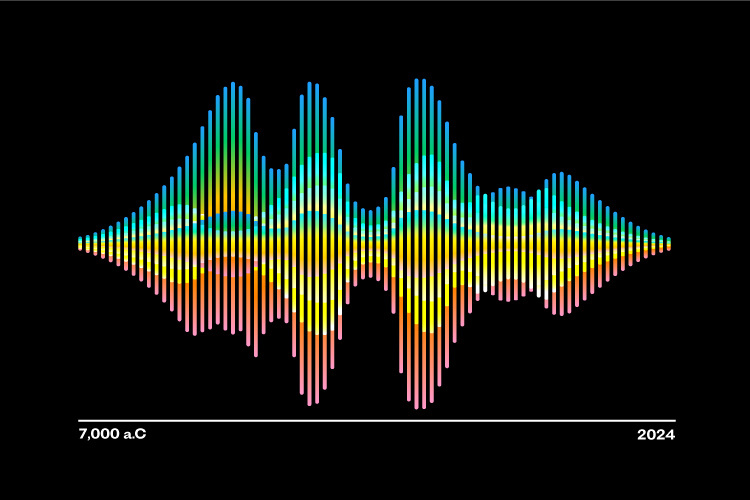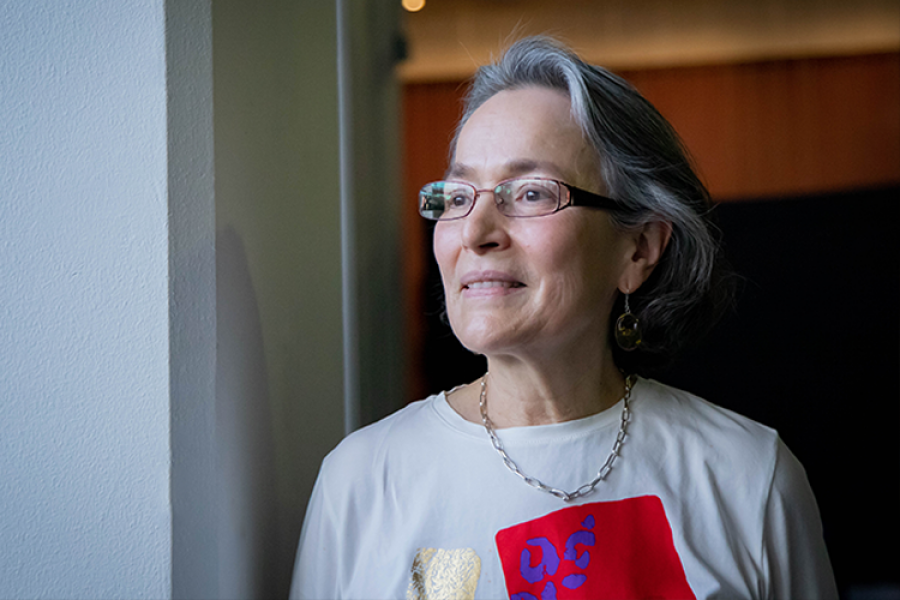In biological models, inbreeding refers to the mating of related individuals. It can be observed in isolated populations due to limited mate availability, selective breeding, or geographic isolation.
Although this practice preserves desirable traits and promotes homogeneity, it also reduces diversity, increases the risk of pathologies, and limits adaptability to environmental changes—factors that can endanger a species’ survival.
Academic Inbreeding and Its Impact
Academic inbreeding refers to the hiring and promotion of academics and researchers trained at the same institution where they work, creating a closed ecosystem that constrains the generation, innovation, and dissemination of knowledge.
Globally, institutions with high levels of inbreeding or internal hiring (>30%) drastically reduce the innovative capacity of their academics, leading to negative effects [5]. For example, in Turkey, every ten-percentage-point increase in the inbreeding index is associated with a 6% decrease in publications and a drop in the average citation count per article [2].
In Mexico, the problem is more severe: the average rate of internal hiring in academic programs ranges between 65% and 75%, limiting the autonomy of new faculty and homogenizing teaching and research methodologies [1].
In Mexican universities with inbreeding levels above 50%, research productivity and educational innovation decline by approximately 25% over five years [3].
Origins of the Practice
Several institutional factors feed this phenomenon:
- Hiring policies that prioritize internal networks and power positions over external merit.
- Evaluation committees are composed exclusively of alumni from the same institution.
- A lack of transparent and auditable metrics to measure short- and medium-term performance objectively and eliminate bias toward graduates from the same university.
These practices reinforce a closed circuit in which access to funding, tenure, and leadership depends on prior connections.
Main Negative Effects
When universities turn inward—hiring and promoting only their own graduates—multiple negative effects arise.
The first is a stagnant ecosystem that limits innovation. The lack of intellectual and methodological diversity perpetuates outdated ideas, reduces critical debate, and hinders the emergence of new disciplines.
Another consequence is weakened scientific competitiveness, as it prevents the attraction of external talent and complicates interdisciplinary collaboration—both of which are essential to solving today’s significant challenges.
Moreover, inbreeding opens the door to nepotism and bias in academic evaluations, where loyalty often outweighs merit. This discourages brilliant researchers who could enrich the academic environment.
Thus, academic inbreeding is not merely an exclusionary practice—it is a silent threat to the dynamism, quality, and relevance of science.
Strategies to Break the Cycle
To reactivate scientific activity and ensure future academic excellence, it is essential to:
- Open calls for applications with international and multidisciplinary selection committees.
- Implement anonymous and diverse peer review—both geographically and disciplinarily.
- Promote long-term research stays (>3 years) at other universities and industries.
- Define qualitative and quantitative external, auditable impact indicators that demonstrate a reduction in inbreeding in new hires.
Each measure fosters the inclusion of fresh perspectives and levels the playing field for academic development.
Breaking Inbreeding; Embracing Openness
Education and science thrive when their communities are nourished by diverse and rigorous perspectives. Breaking academic and scientific inbreeding not only optimizes resource use but also strengthens the credibility of the research community and enhances the global impact of its findings.
Adopting openness, transparency, and mobility as pillars of high ethical standards is the commitment that ensures academic enrichment, solid research, and high international impact.
As Philip G. Altbach states:
“Academic inbreeding limits the hiring of the best possible staff, solidifies hierarchical structures, and hinders institutional innovation.”
References
- Argüelles, R. A. F., Cancino Marentes, M. E., & Flores García, A. (2005). La endogamia académica universitaria en México: Hacia una valoración del riesgo. Actualidad Universitaria, 2(05), 1–63.
- Inanç, Ö., & Tünzer, Ö. (2011). The effect of academic inbreeding on scientific effectiveness. Scientometrics, 88(3), 885–898. https://doi.org/10.1007/s11192-011-0360-2
- Horta, H., & Veloso, F. M. (2010). Navel gazing: Inbreeding and scientific productivity. Management Science, 56(3), iv–590.
- Altbach, P. G., Yudkevich, M., & Rumbley, L. (2015). Academic inbreeding: Local challenge, global problem. Asia Pacific Education Review, 16(2), 317–330. https://doi.org/10.1007/s12564-015-9379-1
Author’s Note
This text used DeepSeek AI (2025) to support its structure, refine concepts, and edit content.
Author
Silverio García-Lara is a research professor in the Department of Bioengineering, School of Engineering and Sciences, Tecnológico de Monterrey. He is a Level 3 member of Mexico’s National System of Researchers.

